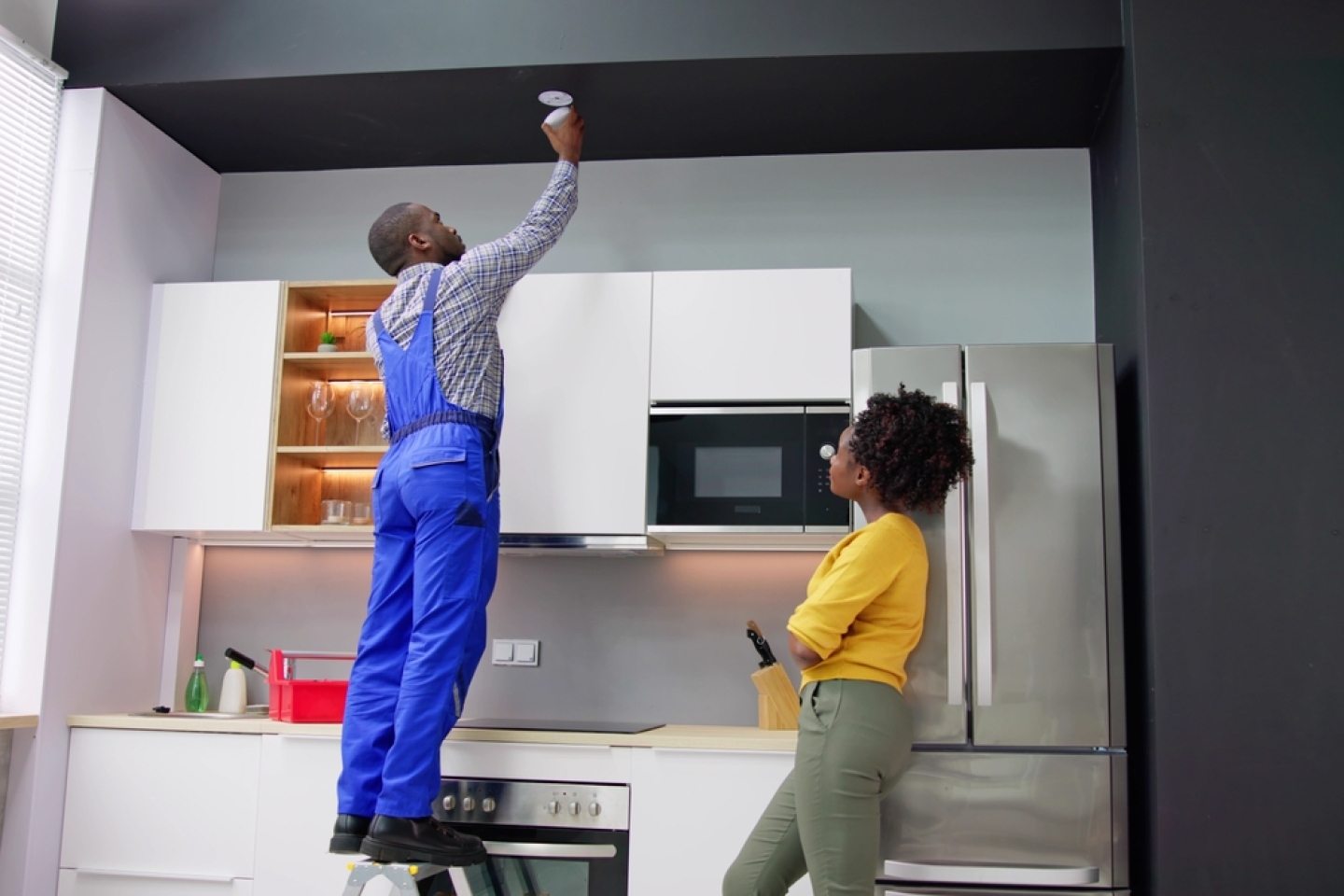
It’s colorless and odorless. It’s formed when there is incomplete combustion of carbon-containing fuels. And when we inhale it, most of us don’t realize we’ve been exposed to the dangerous gas known as carbon monoxide (CO).
However, there’s a lot we can do to prevent exposure and to protect ourselves from its harmful effects. In what follows, Dr. Rama Rao, Chief of the Division of Medical Toxicology and an Associate Professor of Clinical Emergency Medicine at Weill Cornell Medicine, answers your FAQs and provides expert guidance when it comes to staying safe—especially in your home.
“A faulty furnace that burns methane or natural gas inefficiently or incompletely is a very common source of carbon monoxide,” Dr. Rao says. Other sources of CO include house fires, the use of outdoor generators near the entrances to your home and vehicle exhaust. Using outdoor grills and gas-dependent power tools in enclosed, indoor spaces is always to be avoided.
Additionally, vape pens and hookah pipes tend to heat their contents inefficiently. That can inadvertently introduce high levels of CO into the environment and especially to the person inhaling their contents.
“Carbon monoxide binds to molecules in our blood and tissues that normally carry, deliver and use oxygen. The CO essentially reduces available oxygen, limiting the body’s ability to use it for energy,” she says.
At high concentrations, anyone can be at risk, but animals and small children have faster metabolism and may become symptomatic earlier.
“Historically, this is why canaries and small birds used to be brought into coal mines where carbon monoxide might accumulate without ventilation. If the bird died, it would be a warning to the miners that conditions were unsafe,” she explains.
Headache and nausea are very common. They are often mistaken for the flu, especially if several people are exposed to the same source of CO.
While CO poisoning and the flu share a few symptoms, the flu typically causes additional ones such as fever, a sore throat, nasal congestion, a cough and sometimes diarrhea. Keep in mind that CO poisoning does not cause fever, cough, nasal congestion, body aches or diarrhea.
“The very best way to protect yourself and your family from carbon monoxide poisoning is to have a CO detector and check it regularly per the manufacturer’s instructions,” says Dr. Rao. “In New York City, you’re required by law to have one, especially if you live in a rental unit.”
Additionally, avoid running generators or gas-powered tools within your home or close to areas where CO can be drawn into your living space.
During snowstorms, she advises, be sure to clear your vehicle’s exhaust pipe of snow before warming the engine. And during cold snaps, or if power goes out, avoid using charcoal grills indoors or in enclosed spaces to keep warm.
Dr. Rao shares a few options. “First, if your CO detector is sounding the alarm, especially with a recently changed battery, remove yourself and others from the area. The sound alerting you to the need for a battery change is usually different from the actual alarm, but if you’re uncertain, evacuate the area and contact the fire department. Both fire fighters and EMTs wear special monitors that help keep them safe and alert them to any environmental risks during rescues.
“If you or someone else in your apartment is symptomatic, don’t hesitate to seek medical attention,” Dr. Rao continues. “Treatment for mild CO poisoning is simple, involving the administration of oxygen. More severe cases may require admission to the hospital. A simple blood test can confirm exposure.”
You can also seek information from a poison control center by calling 800-222-1222. In some places, such as New York City, physicians will report cases to poison control to ensure that apartment buildings and workplaces are checked to protect other people where the exposure occurred.